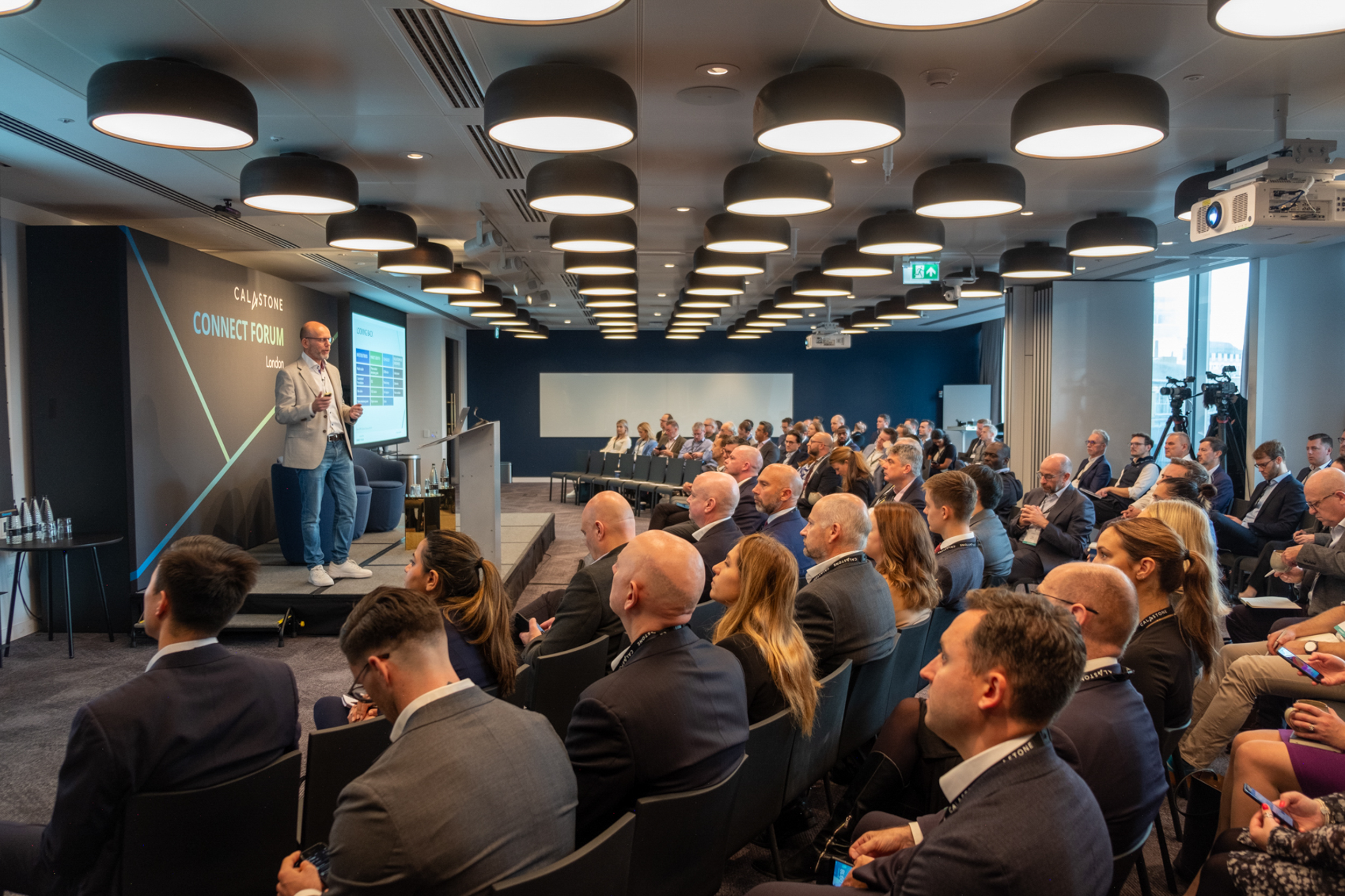Many investors struggle to align MMF transactions with third-party platforms or in-house treasury technology. Calastone is bridging those gaps instantly, writes Ed Lopez.
The world of money market fund (MMF) investment is full of contradictions. MMFs have become the instrument of choice for short-term institutional investors and total investments in MMFs have this year grown to over $7trn in the US and Europe combined. Yet the transaction technologies that many investors use have failed to keep up.
There’s no reason in principle why investment portals, institutional trading platforms and treasury management systems (TMSs) cannot integrate and interact, delivering a full suite of analytics, transaction capability and the kind of reporting and documentation that treasurers demand. The technology and protocols to allow investors and fund providers to transact in the MMF market, as they do in any other large financial market, are already to hand.
The reality, however, is that while multi-asset investment platforms, financial data and execution systems and corporate TMSs can easily cope with standardised investment and reporting tasks, they struggle to interact for trades in the still-specialised MMF market.
One reason for this is that the volume of MMF transactions is small compared to that for longer-term mutual funds. Despite this, the business case for building MMF connectivity into portals, investment management platforms and TMSs at the outset has never been so strong. So investors running even the largest MMF investment programs still have to duplicate entries on multiple incompatible systems. This is swivel chair syndrome – well known to treasury professionals – where duplicate entries and sometimes even manual entries are still common.
It does not have to be that way. Here’s how two large real-world clients have shown that the Calastone solution can be implemented as readily in a big consumer retail group as in a global banking relationship.
A major European retail group was managing the short end of its pension-fund investments using a series of unintegrated financial operating systems – and in doing so was missing opportunities to automate the end-to-end investment process and eliminate error and the costs that come with error.
The group used in-house terminals to invest around $750m in an MMF portfolio that is traded on a daily basis. All investments including short-term MMFs used a leading multi-asset investment platform to manage the portfolio, configured to handle everything from portfolio modelling to trading, cash management and reporting into the book of record.
So far so good. But when it came to MMF trading, the investment management platform could not communicate with the trading platform, and neither platform could communicate with the retailer’s TMS. The underlying barrier to integration was that the investment platform – like many comparable applications – was configured to treat all funds the same, whether short-term MMFs or longer-term mutual funds. The specific characteristics of MMFs such as daily net asset values and T+0 settlement times did not fit into the platform’s pre-set configurations.
But Calastone Money Market Services is designed to connect investors, providers and intermediaries irrespective of their financial technologies or connection preferences. With just one connection to almost the entirety of the MMF world, Calastone was able to bridge the gaps between systems, eliminating duplication of data and error-prone manual entry.
In another case, a global banking client was investing in MMFs via a major bank trading portal and reporting to its corporate TMS. But the bank trading portal could not communicate directly to the investor’s dedicated TMS, meaning the bank’s client had to receive trading data from the transfer agent and then enter that data manually. As well as the risk of error introduced by manual data duplication, the inevitable time lags meant that the investor could not respond nimbly in rapidly changing situations.
In this case, Calastone’s single connection was a solution to multiple problems. It was able to automate transfer of position data from the transfer agent to the investor, give real-time transparency on trades and cash positions, and enable cash management to avoid end-of-day borrowing costs.
What investors need is a ready-built bridge between investors, funds and intermediaries – a bridge that is system agnostic, using any file formats and any transfer protocols. Without it MMF investors and providers will continue to struggle with system incompatibilities that end up costing time and money, as well as increasing risk, in a market that is supposed to minimise it.
And we think none of that is necessary.





















